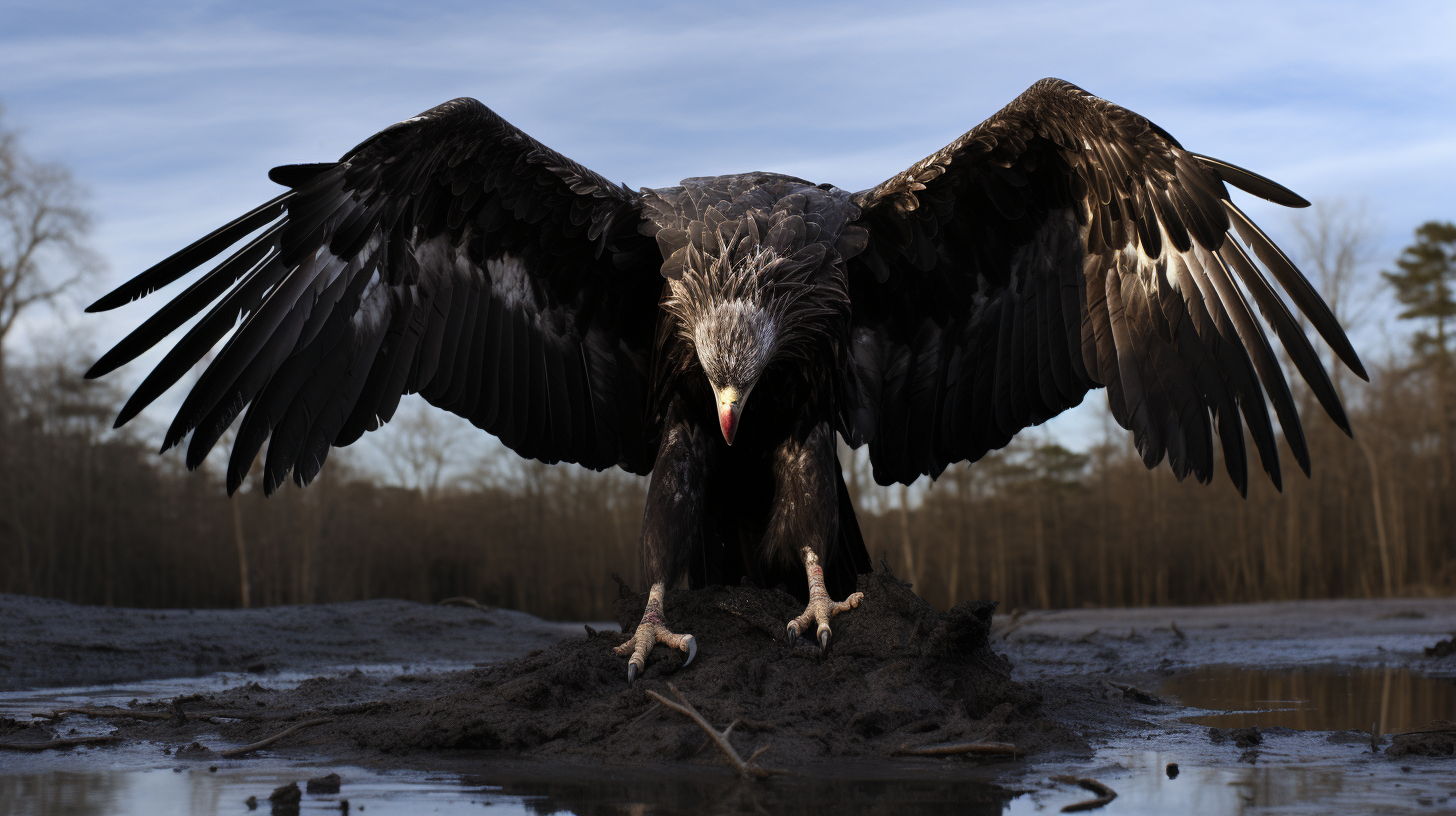In the artificial glow of the 21st-century twilight, a somber reality flickers: the once vibrant tapestry of avian life is unraveling before our eyes. “Winged Warnings – The Silent Spring of Avian Decline” investigates the spiraling descent of bird populations and the deathly quiet settling over ecosystems that were once symphonies of winged vitality.
Our narrative begins in the fraught quietude where song once flourished. Like the pages torn from an ancient tome, the absence of chirps, caws, and coos heralds a troubling chapter in our natural saga. Rachel Carson’s prophecy of a silent spring, once a distant echo of potential peril, now resounds with haunting prescience in the barren branches of our shared home.
Recent studies have painted a picture more bleak than any dystopian artist’s rendition. Avian species, diverse in form and function, are succumbing to the rigor mortis of environmental neglect. Our skies, a canvas meant for the broad strokes of raptors and the delicate dabs of finches, are now close to blank – an unshakable reminder of the impermanence that awaits when humanity turns its back on stewardship.
The air that was once sliced by the darting flight of swallows now carries the weight of silence. Silence, not from a lack of vocal cords, but from a void where their voices used to reside. The ravages of climate change, habitat destruction, and anthropogenic hazards have clipped the wings of our feathered comrades, sentencing many to a grounded existence only to then slip into obscurity.
In the concrete remnants of our societal edifices – landscapes we vacated in a retreat from our own ruinous handiwork – some species have carved sanctuaries. As outlined in the previous article, “Monarchs of the Concrete Jungle: Wildlife’s Urban Evolution”, these urban avians render a glimmer of resilience among the devastation. Yet, even the tenacity of peregrine falcons soaring past skyscrapers is a stark reminder of adaptation born of necessity, not choice.
The tale of conservation efforts reads as a race against time, a race we are poised to lose. It’s a contest where the finish line constantly recedes into the fog of an uncertain future. Sanctuaries highlighted in “The Last Flight: Searching for the Final Refuge of Birds” stand as embattled fortresses against the encroaching disarray, yet their efforts seem akin to using thimbles to bail water from a sinking ship.
The ghosts of birdsong that haunt our world, as echoed in “The Solitude of Skies: Last of the Songbirds,” now serve as a chilling nocturne for the impending silence. It is a requiem for the dawn chorus that no longer greets the sun, an auditory absence that shakes the soul. This void speaks volumes to a world parasitic, where the bountiful symbiosis with nature once celebrated has withered to a hollow parasitism.
As we confront the unyielding reality, there’s no shying away from the fact that this decline is the handiwork of our own making. Ignorance, once a passive participant, has transformed into an active architect of this dystopian world. Our environmental apathy has orchestrated an extinction event wholly our own – a tragic symphony with an audience too distracted to attend.
Is there room for hope amidst the echoes of loss? Perhaps not in the traditional sense – the optimism of yore feels out of place as the boundaries of land and sky blur with the shadows of the extinct. Nonetheless, this narrative serves as a stark beacon: we stand as the curators of what remains and the chroniclers of what is to be lost.
The stark reality is there: the “Winged Warnings” are clear, the consequences laid bare. We end with an invitation: Listen for the birds. What is heard – or not heard – might just catalyze the lament into a vow, a vow to remember the flight we grounded and the songs we silenced.
